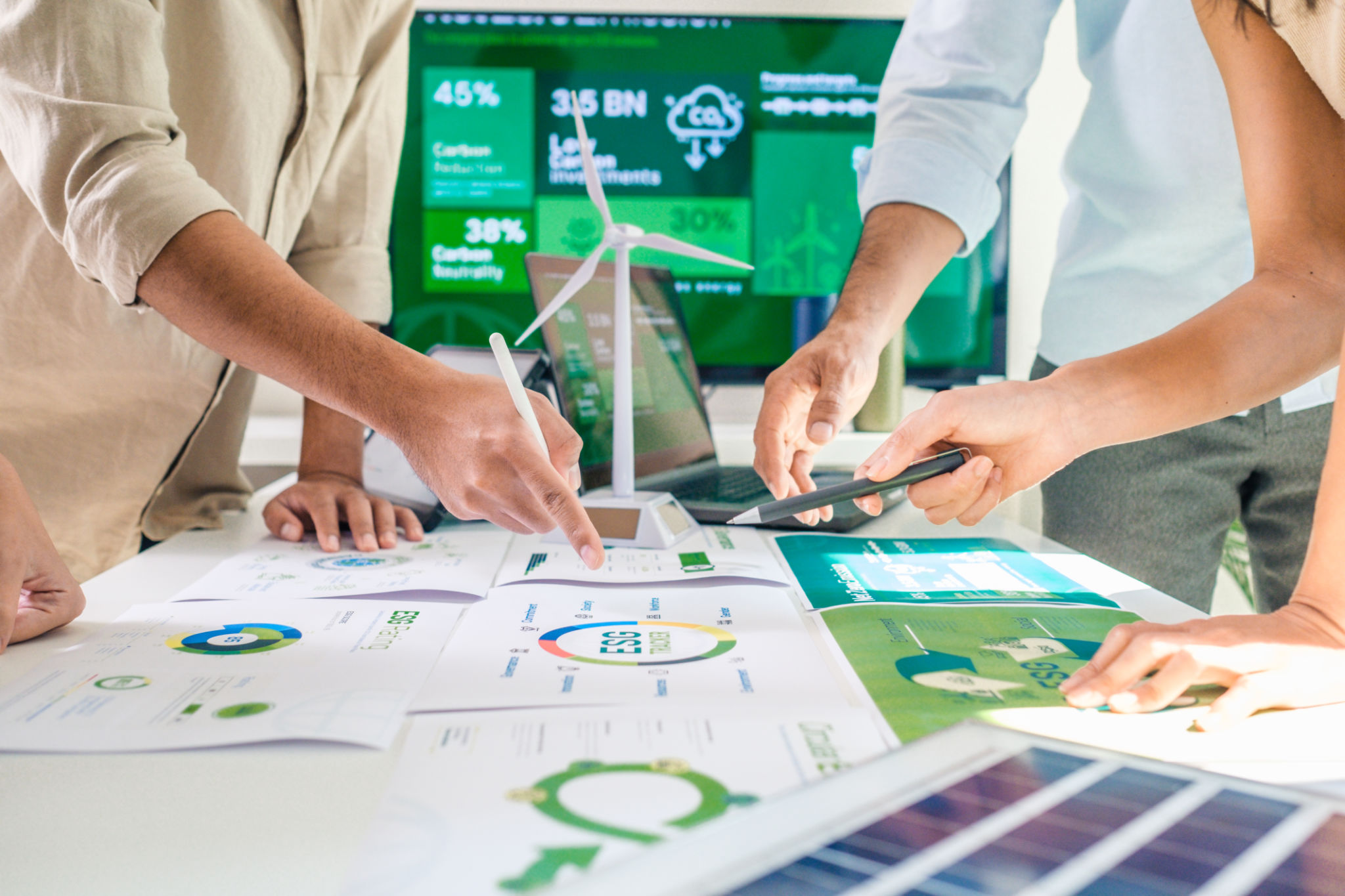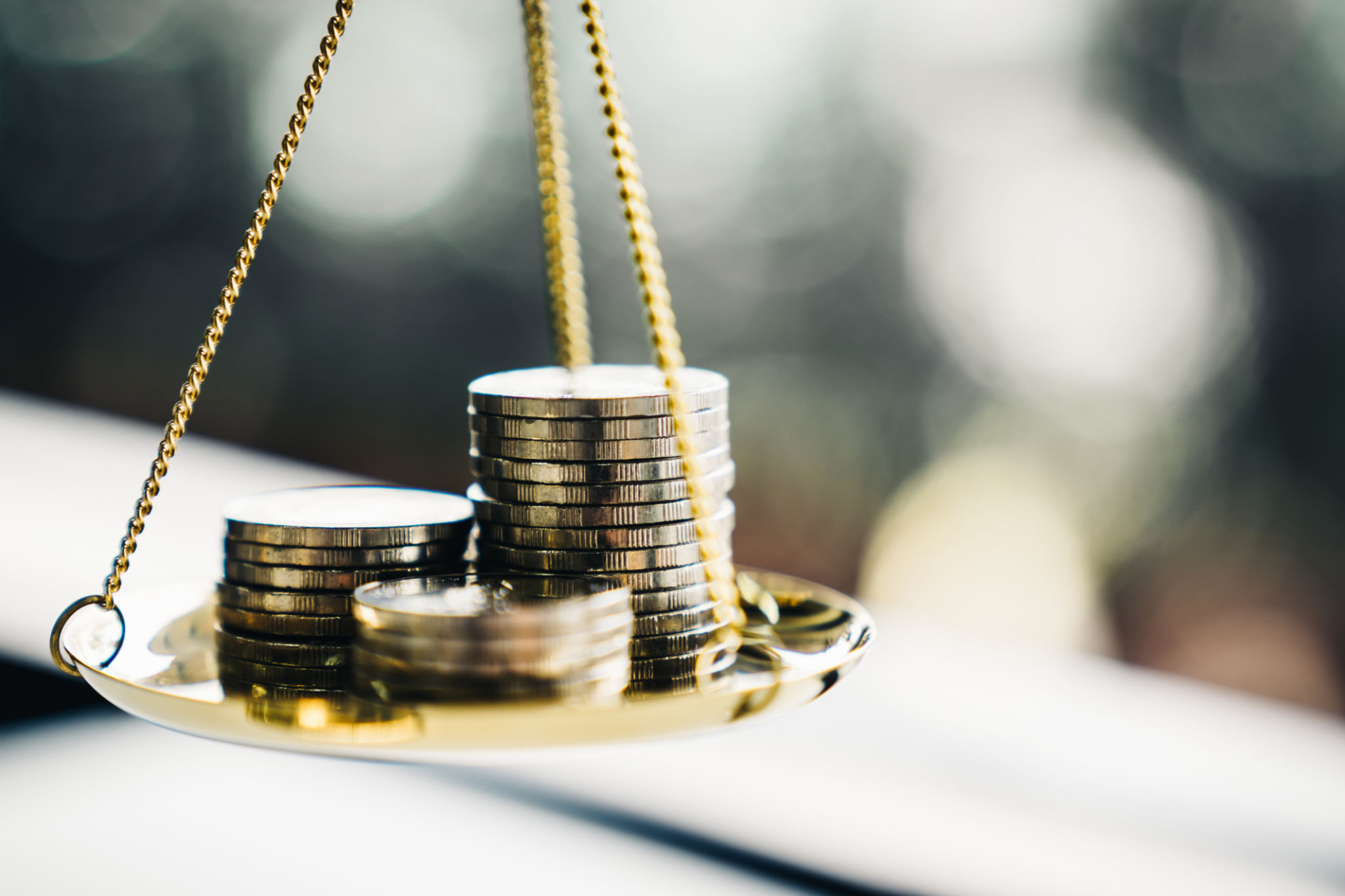Comparing Traditional vs. Sustainable Economic Models
Understanding Economic Models
Economic models are frameworks that illustrate how economies function and interact. Two primary types of economic models are traditional and sustainable models. Each has its own set of principles, advantages, and drawbacks. Understanding these differences is crucial for businesses, policymakers, and individuals aiming to navigate the changing economic landscape.

Traditional Economic Models
Traditional economic models have been the backbone of global economies for centuries. These models largely focus on maximizing profit and growth through established industries and practices. Typically, they emphasize the significance of industrialization, production efficiency, and consumerism.
One of the defining characteristics of traditional economic models is their reliance on non-renewable resources. This often leads to environmental degradation, as industries prioritize economic gain over ecological balance. While these models have spurred significant economic growth, they also contribute to issues like resource depletion and pollution.
Sustainable Economic Models
In contrast, sustainable economic models aim to balance economic growth with environmental stewardship and social well-being. These models emphasize the importance of using renewable resources, reducing waste, and fostering community resilience.

Sustainable models often incorporate principles such as circular economy practices, where products are designed for reuse and recycling, reducing the need for new resource extraction. This approach not only benefits the environment but also encourages innovation and long-term economic stability.
Key Differences Between Traditional and Sustainable Models
There are several key differences between traditional and sustainable economic models:
- Resource Utilization: Traditional models often depend on finite resources, while sustainable models focus on renewability.
- Environmental Impact: Sustainable models prioritize reducing ecological footprints, whereas traditional models may overlook environmental costs.
- Long-term Viability: Sustainable approaches are designed for longevity, ensuring resources are available for future generations.

The Transition to Sustainability
As awareness of climate change and environmental degradation grows, many businesses and governments are transitioning towards more sustainable economic practices. This shift involves investing in green technologies, implementing eco-friendly policies, and educating communities about sustainable living.
The transition is not without challenges. It requires substantial investment, shifts in consumer behavior, and overcoming resistance from established industries. However, the potential benefits—such as improved public health, reduced carbon emissions, and economic resilience—make it an attractive option for the future.
The Role of Innovation and Technology
Innovation and technology play a pivotal role in advancing sustainable economic models. From renewable energy solutions like solar and wind power to advancements in waste management and recycling technologies, innovation drives the efficiency and effectiveness of sustainable practices.
Moreover, digital platforms can facilitate the sharing economy, reducing the need for resource-intensive ownership models. These developments highlight how technology can bridge the gap between traditional practices and sustainable aspirations.
Conclusion: A Balanced Approach
The debate between traditional and sustainable economic models is complex, with valid points on both sides. However, as global challenges intensify, the shift toward sustainability becomes increasingly imperative. By integrating the strengths of both models, economies can achieve robust growth while ensuring ecological integrity and social equity.
Ultimately, the goal is to create a balanced approach that leverages the benefits of traditional economics while embracing innovative, sustainable solutions for a prosperous future.